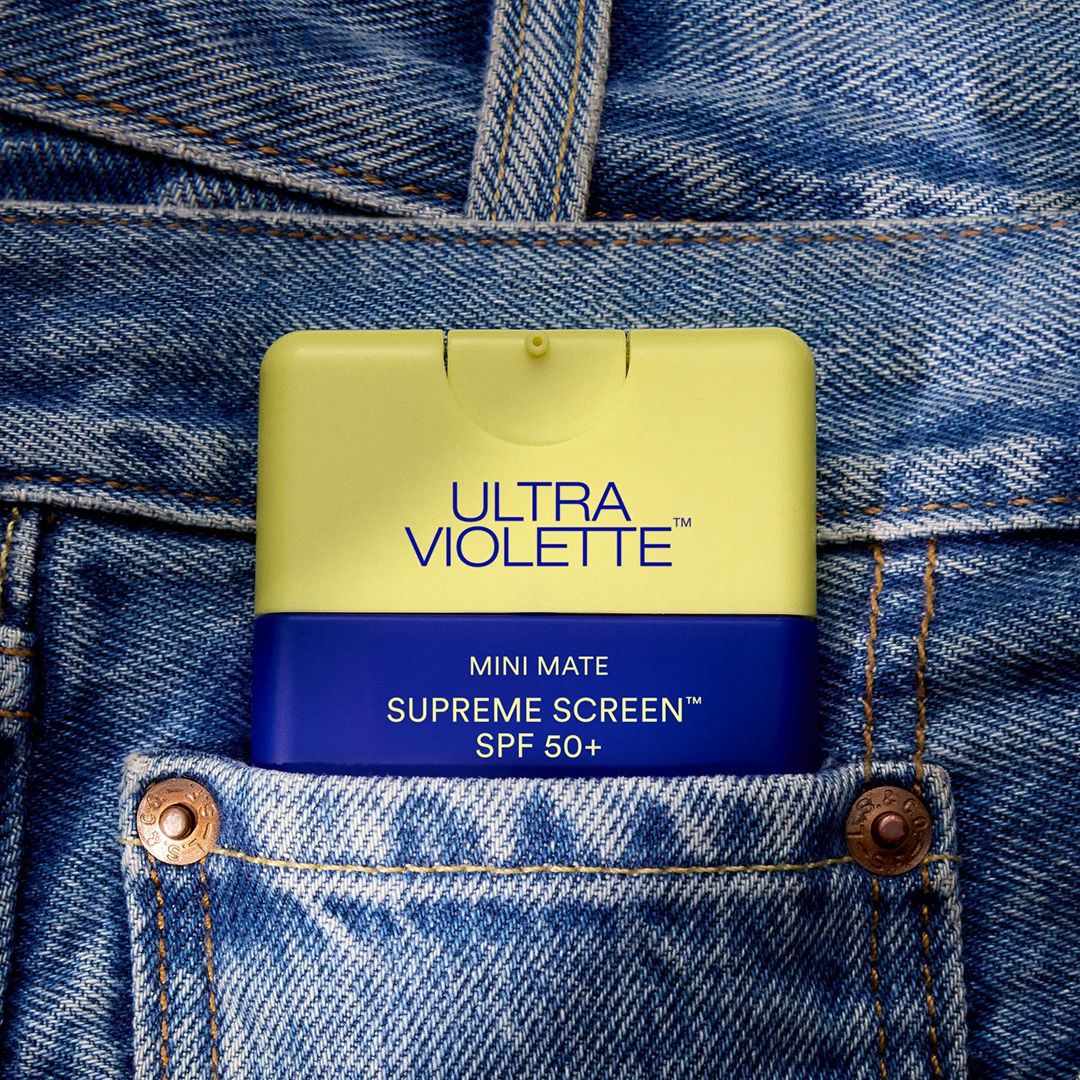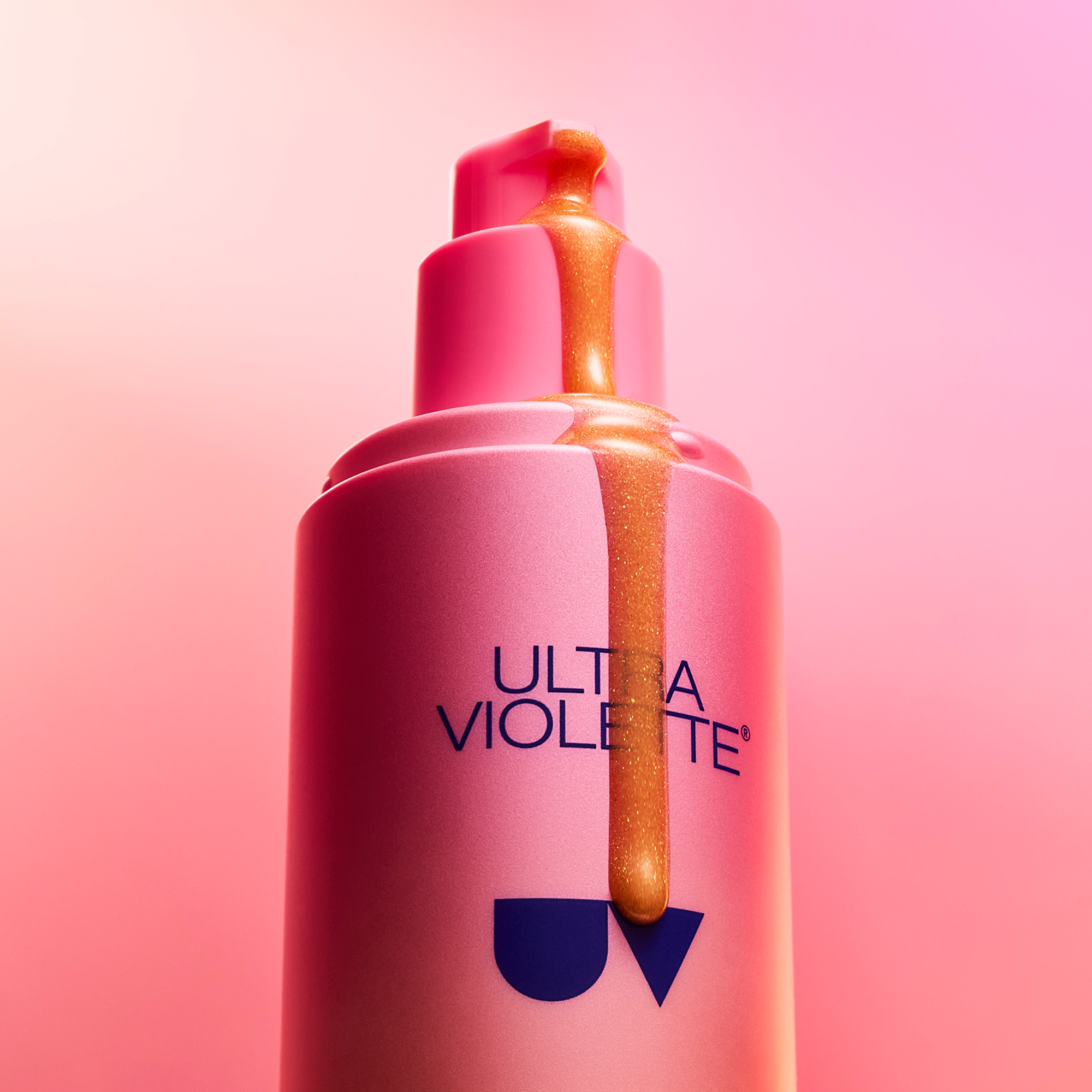Don’t believe what you’ve heard.
The internet is a wild and wonderful place. A limitless source of Very Funny Things (see: every ‘uncah jams’ meme), it’s also a breeding ground for potentially harmful misinformation and bonkers conspiracy theories. One such ~alternative fact~ is the idea that regular sunscreen use directly causes vitamin D deficiency. Before we jump in, allow Vi to put your mind at ease – wearing SPF doesn’t lead to vitamin D deficiency. Further, the majority of Australians have more than adequate vitamin D levels. (If you suspect you don’t, see your GP.)
What is vitamin D?
Vitamin D forms in the skin when it’s exposed to UV rays. (It can also be found in some foods, but very few sources contain significant amounts.) You need it in adequate levels ‘cause it’s involved with the absorption of calcium, magnesium and phosphate – all essential for keeping your bones and muscles strong and healthy.
We all know that vitamin D is v important, but the guidelines around getting it are more confusing than splitting the bill after a boozy brunch. To change that, the Cancer Council – an evidence-based org – brought together a bunch of expert bodies specialising in skin cancer, vitamin D and bone and muscle health to review the latest evidence and develop “clear and commonsense recommendations”. The result is a very handy joint position statement developed with the input of the Australiasian College of Dermatologists, The Bone and Mineral Society of Australia and New Zealand, Osteoporosis Australia and the Endocrine Society of Australia.
-
Have a history of skin cancer
-
Cover up for cultural/religious reasons
-
Are naturally dark-skinned
-
Spend long hours indoors
-
Are frail or elderly
-
Take certain medications
-
Have certain health conditions
Before you go thinking that possible vitamin D deficiency is a free pass to tan yourself to a crisp (mmm crisps), hold up: “Extended and deliberate sun exposure without any form of sun protection when the UV Index is 3 or above is not recommended, even for those diagnosed with vitamin D deficiency.” If you think you’re low on vit D, tee up a chat with your doctor to determine if supplementation is what’s best for you.
Does sunscreen block vitamin D absorption?
Yes and no. While sunscreen does decrease the amount of UV rays that reach your skin, it’s not a complete block – some UV finds its way in. Even if you apply SPF obsessively there will be places you miss, like your hairline and in between your fingers and toes, and those spots make enough vitamin D for adequate levels.
From our science-y mates: “Sunscreen use should not put people at risk of vitamin D deficiency. When sunscreen is tested in laboratory conditions it is shown to limit the effectiveness of vitamin D production, however, population studies have shown that regular use of sunscreen has little effect on vitamin D levels.”
Great! What are the vitamin D recommendations?
Basically, the ideal scenario would be that you’d get “enough sun exposure” to maintain adequate vitamin D levels without increasing your risk of skin cancer. The problem is, we don’t know how to do this. “There is limited research available to determine exactly how much sun exposure is required to maintain adequate vitamin D levels and prevent adverse health outcomes. Production of vitamin D is influenced by a number of factors including age, skin colour, latitude, season and time of day, making it difficult to provide advice to the population as a whole.” We do know that SPF is required when UV levels are 3 or above. Also that any longer than a few minutes in intense UV won’t increase vitamin D levels but will increase skin cancer risk.
For what it’s worth, most Aussies maintain adequate vitamin D levels just by doing their typical day-to-day. Popping out for a coffee or walking to your car most days of the week is enough – we’re talking minutes here. In late autumn and winter, when the UV Index is below 3 most of the day “it is recommended that people be outdoors in the middle of the day with some skin uncovered on most days of the week”. Just don’t forget Vi!




